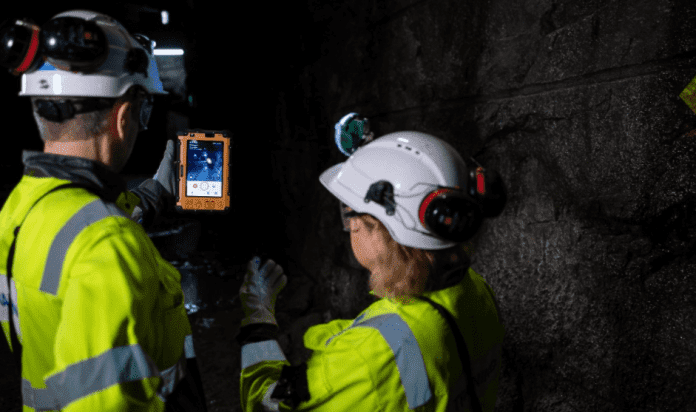Australian satellite communications provider Speedcast International has signed a deal with Nokia to offer the Finnish vendor’s plug-and-play private LTE and 5G solution to remote industrial customers. Speedcast supplies satellite-based networking solutions to the manufacturing, supply chain, mining, utilities, and oil and gas sectors, primarily where they fall outside of cellular coverage.
The arrangement with Nokia, described as a long-term deal, and geared around its cloud-based Digital Automation Cloud (DAC) solution, will enable Speedcast to offer remote cellular backhaul for remote industrial IoT setups, as well as localised voice and data connectivity. Wide-area LTE and 5G coverage will stretches to 30 kilometres, and supports “hundreds of users” on a single cell, said Nokia.
Its DAC solution will support critical “industrial-grade” high bandwidth and low latency IoT applications, including for smart manufacturing, predictive maintenance, remote operations, and both machine and traditional voice and data communications.
Nokia said the new combination of private cellular, as well as Wi-Fi, with satellite-based connectivity options – including the Australian firm’s C-band, Ku-band, Ka-band, and low and medium earth orbit (LEO and MEO) backhaul – will increase the reach of Speedcast IoT offer, in general.
Subscribe now to get the daily newsletter from RCR Wireless News
These include its cloud-based IoT management centre for “lifecycle support” of LTE and satellite devices, and its Speedtalk voice app, for capturing live footage from remote sites and running instant comms with remote teams. It will also provide higher bandwidth capacity for Speedcast’s IPTV solutions to handheld devices.
Stephan Litjens, general manager for digital automation at Nokia, said: “[The] Nokia DAC meets stringent requirements across multiple industries to deliver network coverage, capacity, mobility, reliability, quality of service and security, while connecting a wide variety of devices. By integrating with Speedcast we can significantly improve local connectivity in remote locations.”
Chris Hill, chief technology officer at Speedcast, commented: “Bringing this technology to our customers’ remote sites will enable the use of bandwidth-intensive and low-latency solutions such as CCTV video analytics, drone surveillance, and personnel push to video applications. This is a game-changer for customers who need to keep personnel safe and operations running efficiently in hard-to-reach locations such as the Energy and Mining sectors.”

